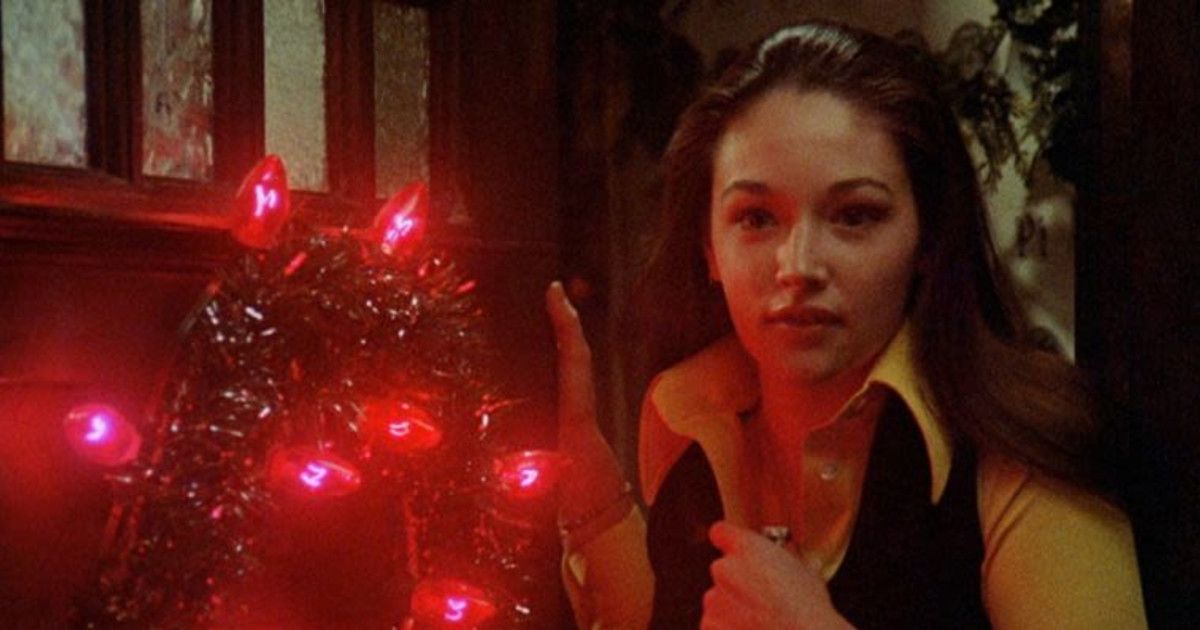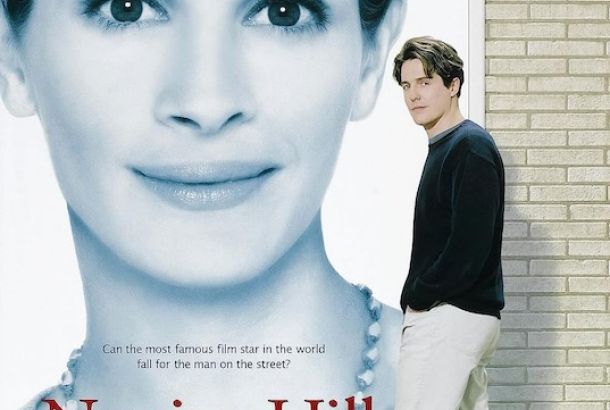You’re dreaming of a Black Christmas: How to subvert the slasher
By Aisha Zahira

We’re all acutely aware of the tropes that have permeated the slasher genre since its inception. It’s possible you’re already listing them in your head right now. Masked killer, virginal victim, knife framed precisely to catch the glint in the metal…
Born out of exploitation films, the original slasher credits its origin to films ranging from The Texas Chainsaw Massacre to Psycho and, at the very least, perfected by Halloween. However, consensus regarding the first true slasher has largely shifted to attribute the moniker to a film released in December of 1974, directed by Bob Clark, entitled Black Christmas.
Despite this pedigree, this article poses a more radical view of the film. I suggest Black Christmas cleverly counteracts the tropes it is credited for popularising, causing the film described as “hardly worth the efforts of all concerned,” by New York Times critic Abraham H. Weiler to become a seminal, but subversive, staple in horror.
It follows a group of sorority girls eager to get home for the holidays who suddenly become terrorised by a mysterious caller. Where they had been dreaming of a white Christmas, now their plans were put on hold, disrupting expected festive cheer. Confined to a detached sorority house, they hurry to locate their missing sisters, suspect boyfriends, and lament unsatisfactory authority figures, all whilst remaining under the objective gaze of the unseen killer.
Stalking up to a house lit in bright colours, the camera positions the killer as the hunter, inheriting the private moments of the sorority girls. The film begins with a recognisable aspect of the horror genre. However, there is no interest in establishing an identity for him, instead, the narrative is repositioned to rely on his presence or absence at any given time. You are watching through his eyes. Is that him silhouetted in the corner? Perhaps he is nowhere at all. Or everywhere.
I was reminded of the term Carol Clover uses in her seminal book Men, Women, and Chain Saws to describe the various gazes in horror: “The Eye of Horror”. Regarding the eye of the killer specifically, Clover looks at 1960’s Peeping Tom and describes a killer who employs his “predatory assaultive gaze…[almost] causing the event to happen.” Black Christmas very much follows in these footsteps.
During the climactic moment of Black Christmas, the gaze is cleverly overturned in a moment of stark shock when the audience is held in place and forced to perceive the killer’s eye through the crack of the open doorway. But even when he is not the ‘I’ we are watching through, his implied presence is enough to instil fear and create tension. It takes a group of established, but not simplistic, characters to disrupt his malevolent puppetry.
Black Christmas is therefore instantly differentiated from future slashers as it does not rely on the killer’s imagery at all. Where Michael Myers has become synonymous with his mask, and Freddy Krueger with the claws and burned skin, Clark’s film is not preoccupied with creating a memorable character design. The film is more interested in the killer as a haunting ghost, as the unseen villain.
This does not detract from the atmosphere. Alternatively, it lends itself perfectly to creating a maximalist horror effect within horror. The true haunting is not in the sorority house, but through the telephone. An everyday object is turned into a focal point, always within frame as the camera passes across rooms, and becomes a cruel stand-in for the killer. The curled telephone line is clutched like a brace but simultaneously wraps itself around the wrist of a sorority sister, digging into her skin and scarring her life. Every time it rings, the story stills, and as his voice comes through, we are forced to listen, waiting on the killer’s time.
The sorority girls sift through the story, but a select few are foregrounded as part of the main clique. Barbara Coard, the course one, is played by Margot Kidder whilst Andrea Martin lends a meek but determined attitude to the character of Phyllis. Rounding off the main characters is the bordering-on-alcoholic sorority mother Mrs. Mac (Marian Waldman). The role was originally intended for Bette Davis, and you can see why through Waldman’s acting choices.
Olivia Hussey plays the main character Jess Bradford. Hers is the story we most closely follow, and her worries and interactions with her suspected boyfriend and well-meaning but incompetent detectives become the threads that the film engages with the most. The cast of characters, on the surface, appear as ancestors of the tropes we see in later slashers. However, Black Christmas does not adhere to nor impose these tropes too closely. Jess’s character is of particular importance as she comes to represent what was later termed a ‘Final Girl’.
The term ‘Final Girl’ has been used liberally, with understanding, misunderstood, co-opted, applied extensively, and almost stripped of meaning. It now covers a large swathe of criteria but was initially conceived by Carol Clover with a (self-admittedly) narrow focus, analysing American slashers, occult movies and rape-revenge films of the 1970s and 80s.
Jess complicates ideas of a Final Girl, subverting ideas presented at the time about good-natured heroines. Her initial worry is getting an abortion, a far cry from the ‘professional virgin’ trope. She ends the film as an almost ‘Schrödinger’s Girl’ (another Carol Clover coinage) – not dead but might be killed soon, a horrific liminal space to be in, with no sight of triumph, as should be her right as the Final Girl. She even has a good reason for running up the stairs!
Jess wins her cathartic ending but this does not translate as a victory for the audience as we watch her unknowingly asleep in a bed two steps away from the killer. There is no “eventual triumph over evil,” for the women of Black Christmas.







